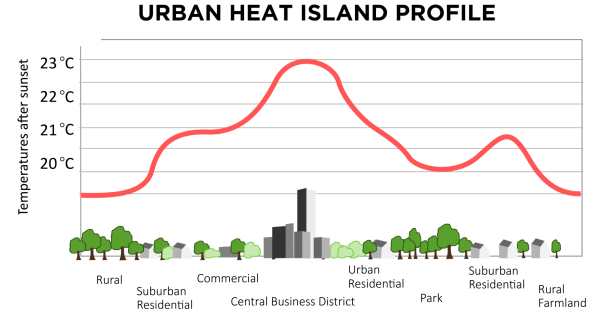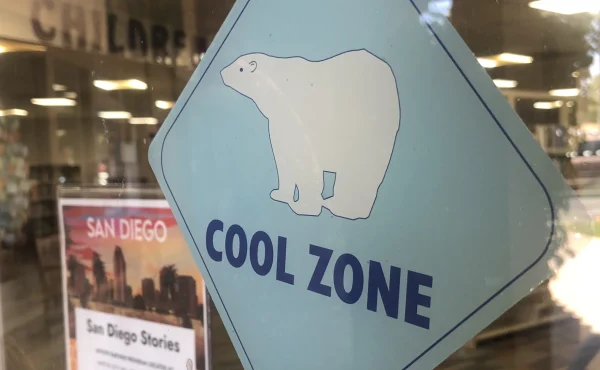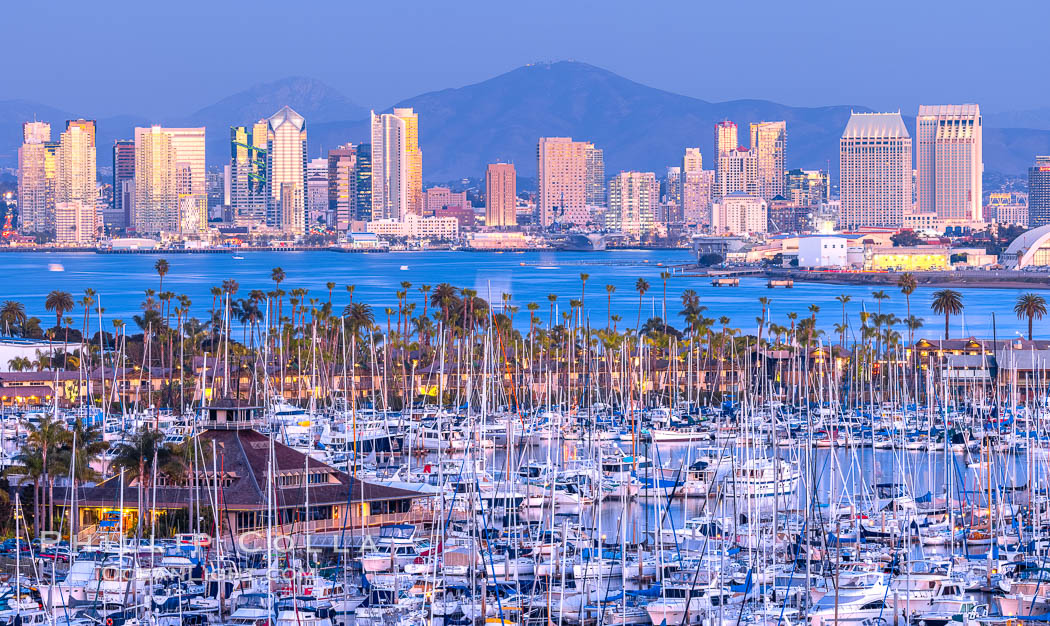Former President of the United States, Barack Obama once said, “This is not some distant problem of the future. This is a problem that is affecting Americans right now. Whether it means increased flooding, greater vulnerability to drought, more severe wildfires — all these things are having an impact on Americans as we speak.” His words reverberate more than ever today, as
Environmental challenges are no longer hypothetical concerns for future generations—they are pressing issues reshaping our world in real-time. One of the most prominent ones is the intensifying threat of extreme heat waves, the impact on San Diegans is immediate and alarming.

As a student at Helix Charter, by working with the Environmental Club and the Student Office of Sustainability, I have personally seen the value of environmental awareness. Having taken AP Environmental Science has helped me to better grasp the overall issue of the environment, but made me more environmentally conscious in San Diego’s issue of heat waves.
Renowned for its stunning beaches and bustling communities, San Diego is becoming increasingly vulnerable to the hard facts of climate change, especially in terms of severe heat waves. According to UC San Diego Today, “Lower-income neighborhoods are disproportionately affected, facing heightened risks such as premature births, lower test scores, and increased instances of heatstroke among children and the elderly.” Climate change is exacerbating these issues, with projections from the Legislative Analyst’s Office of California indicating that average maximum temperatures in the state could rise by about four degrees Fahrenheit by mid-century, with inland areas like those in Southern California experiencing even more significant increases. Compounding this problem is the urban heat island effect, where densely built areas with little vegetation retain more heat, intensifying the impact on vulnerable communities. These challenges highlight the urgent need for targeted mitigation efforts to protect public health and address the environmental injustices San Diego’s most at-risk populations face.


In response to the increasing threat of extreme heat waves, San Diego is exploring urban greening to cool down densely populated areas. The concept involves integrating green spaces like parks and trees into urban environments, providing shade and reducing surface temperatures. However, this approach presents significant challenges in an arid region like Southern California, where water resources are limited. The SoCal Heat Hub ecohydrology team, a research team based out of Scripps Institution of Oceanography at UCSD, funded as part of The National Science Foundation’s Coastlines and People (CoPe) research initiative. Led by , an environmental scientist from Scripps Institution of Oceanography and UC San Diego, is working to understand interactions between vegetation, water, and temperature to develop sustainable greening that effectively combat urban heat islands without overtaxing water supplies or wasting resources.
Levy’s team collaborates with local organizations like Tree San Diego to explore what resources are necessary to support urban trees and maintain their cooling effects. They aim to create urban planning designs that optimize greening efforts for temperature reduction while considering the region’s water constraints. San Diego’s diverse coastal environment makes it an ideal testing ground for these solutions as the city faces the challenges of rising temperatures and limited water availability.

The city has initiated several programs aimed at protecting its residents. Among these efforts is the establishment of “Cool Zones,” where recreation centers, libraries, and other public buildings are activated as cooling centers during extreme heat, providing a refuge for those in need. Additionally, the city has engaged in community heat mapping projects to understand better how temperatures vary across different neighborhoods, highlighting areas most needing intervention. Developing an Urban Heat Vulnerability Index further supports these efforts by identifying the communities most at risk based on land use and social and health factors. While these city-wide initiatives are essential, they highlight individuals’ and communities’ front and center role in combating heat waves. Real change requires planning policy and active participation—starting here at Helix High School.
So, what can you do? At Helix High School, even small actions can make a significant difference. The Environmental Club meets every Tuesday or monthly at lunch in Room 410 and are always looking for new members. Through the club, you will meet other like-minded students, engage in clean-ups, and learn more about environmental concerns. Additionally, as of writing this, there is not a current way to join the Student Office of Sustainability, you can reach out to Mr. Myron, our school’s Sustainability Coordinator, at [email protected] to express your interest and get involved. Being a part of S.o.S. You can help to complete the Climate Action Plan begun by students in the 2023–2024 school year or organize workshops to increase staff and student knowledge of the environment. Your involvement will contribute to creating a more environmentally aware and sustainable future for our school and the city of San Diego.

